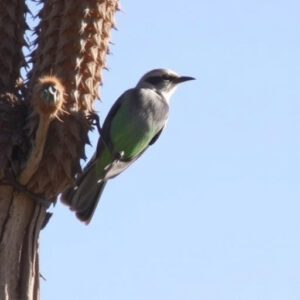Southern Arizona is a premier global destination for birding enthusiasts thanks to its diverse landscapes and microclimates, attracting rare and unique avian species. Florida Canyon stands out as a hotspot, especially for observing migratory birds, desert specialists, and elusive species like the Rufous-capped Warbler during their breeding season (April-June). Conservation efforts protect these habitats, ensuring southern Arizona remains a top birding paradise worldwide.
Florida Canyon, nestled in southern Arizona’s unique ecosystem, is a hidden gem for birders. This scenic hotspot is renowned for its diverse bird species, particularly the stunning Rufous-capped Warbler. Our article explores this vibrant avian, guiding you through the canyon’s trails and revealing optimal breeding sites. Learn about the region’s rich biodiversity, discover expert tips for identifying warblers, and understand conservation efforts aimed at preserving Arizona’s avian heritage and birding opportunities in this remarkable location.
- Birding Hotspot: Southern Arizona's Unique Ecosystem
- Uncovering the Rufous-capped Warbler: A Colorful Species
- Florida Canyon Trails: A Hiker's Paradise for Birders
- Identifying Breeding Sites: The Role of Expert Guidance
- Seasonal Variations: Best Times to Observe Warblers
- Conservation Efforts: Protecting Arizona's Avian Heritage
Birding Hotspot: Southern Arizona's Unique Ecosystem
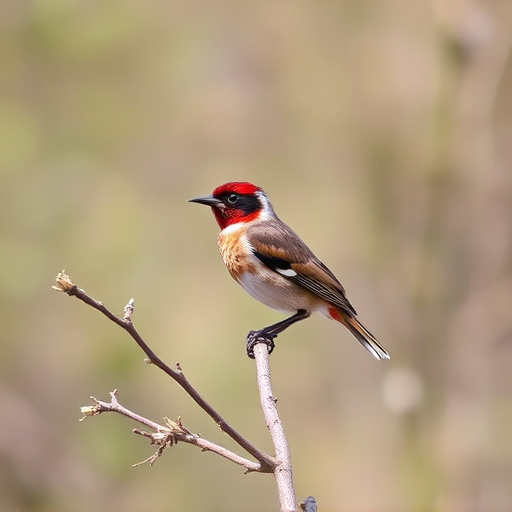
Southern Arizona is a true birder’s paradise, boasting a diverse and unique ecosystem that attracts feathered enthusiasts from around the globe. The region’s rugged landscapes, ranging from dense forests to vast deserts, provide habitats for an incredible array of avian species. One such hotspot is Florida Canyon, known among birdwatchers as a prime location for observing rare and beautiful birds.
The area’s microclimates and varied terrain create a haven for diverse bird populations. Birding in southern Arizona offers the chance to spot migratory birds, desert specialists, and even some elusive species. With its rich biodiversity, this region stands out as a must-visit destination for those passionate about birding, making it a significant contribution to the thriving birdwatching scene in Arizona.
Uncovering the Rufous-capped Warbler: A Colorful Species
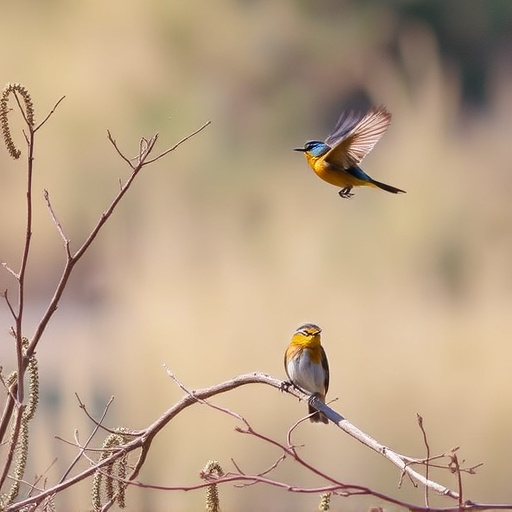
Florida Canyon Trails: A Hiker's Paradise for Birders
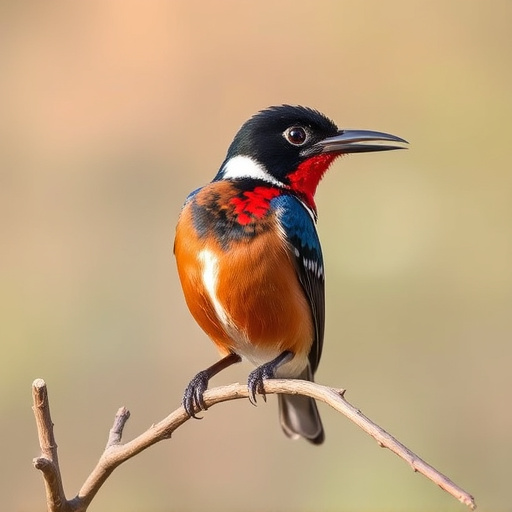
Florida Canyon trails offer a paradise for birders, especially those interested in observing the Rufous-capped Warbler during its breeding season. The canyon’s diverse ecosystem, characterized by a mix of dense forests and open meadows, provides an ideal habitat for this species, making it a hotspot for bird enthusiasts in southern Arizona.
With numerous well-maintained trails winding through the scenic landscapes, hikers can easily access various points to spot these vibrant birds. The warblers are known to nest in the abundant foliage, and the trails’ design allows for quiet observation, ensuring visitors get an up-close look at nature’s wonders without disturbing the wildlife. Birding in Florida Canyon is a rewarding experience that attracts folk from near and far, all eager to immerse themselves in this natural symphony.
Identifying Breeding Sites: The Role of Expert Guidance
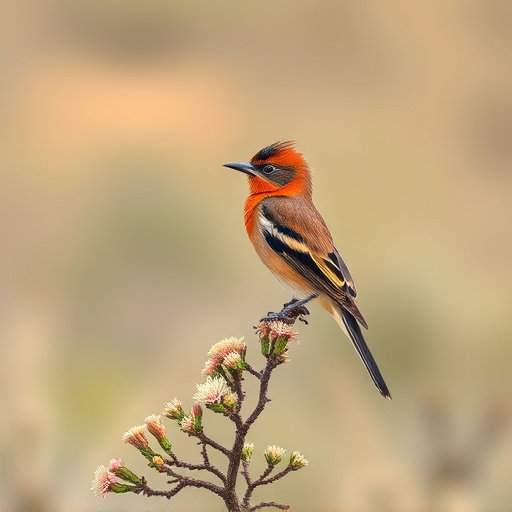
Seasonal Variations: Best Times to Observe Warblers
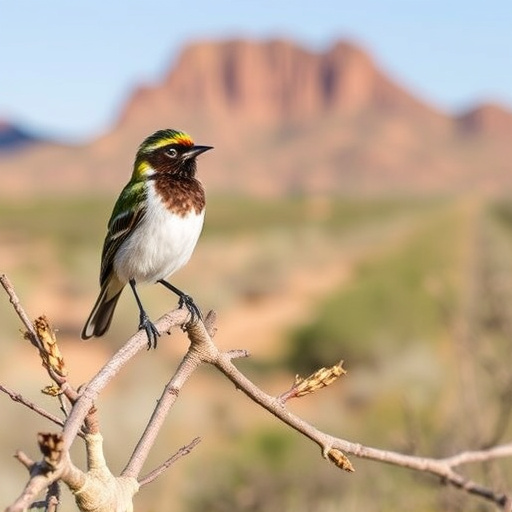
The best time to observe Rufous-capped Warblers in Florida Canyon is during their breeding season, which typically peaks in late spring and early summer (April to June). This is when the canyon’s trails become a vibrant symphony of bird songs, with the distinctive melody of the warblers among the most enchanting. Birding enthusiasts in southern Arizona can enjoy optimal conditions for detecting these elusive birds as they construct nests and tend to their offspring amid the lush vegetation.
Seasonal variations play a crucial role in the timing of your birding trips. While the breeding season offers the best chances to spot Rufous-capped Warblers, it’s also important to consider other times of the year when they might be present. In autumn, for instance, warblers embark on their migratory journey, and some may linger in the area, providing opportunities for late-season observations.
Conservation Efforts: Protecting Arizona's Avian Heritage
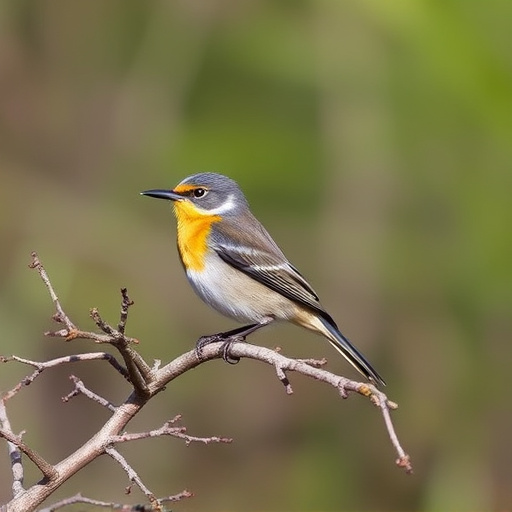
Conservation efforts play a crucial role in protecting the diverse bird species that call southern Arizona home, including the Rufous-capped Warbler. Birding enthusiasts and environmental organizations have been actively working to preserve the natural habitats of these birds, especially in areas like Florida Canyon. By establishing protected trails and educating visitors about responsible birding practices, conservationists aim to minimize human impact on sensitive breeding sites. These efforts ensure that future generations can still enjoy and appreciate the vibrant bird life that flourishes in southern Arizona’s unique ecosystems.
The focus on preserving avian heritage extends beyond individual species, contributing to the overall biodiversity of the region. Through collaboration between local communities, researchers, and conservation groups, sustainable practices are being implemented to safeguard the diverse habitats that attract birders from around the globe. These initiatives highlight the importance of balanced ecological preservation, allowing both nature enthusiasts and wildlife to thrive in harmony.
Southern Arizona’s Florida Canyon trails offer a unique opportunity for birders to observe and appreciate the Rufous-capped Warbler. By understanding the optimal breeding seasons and seeking expert guidance, visitors can contribute to conservation efforts while immersing themselves in the region’s vibrant avian tapestry. Birding in southern Arizona becomes not just a recreational activity but a means to protect and celebrate the area’s rich natural heritage.
